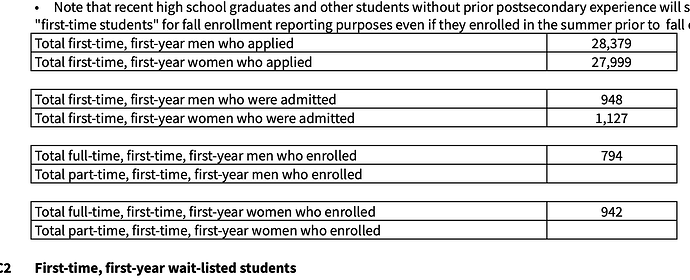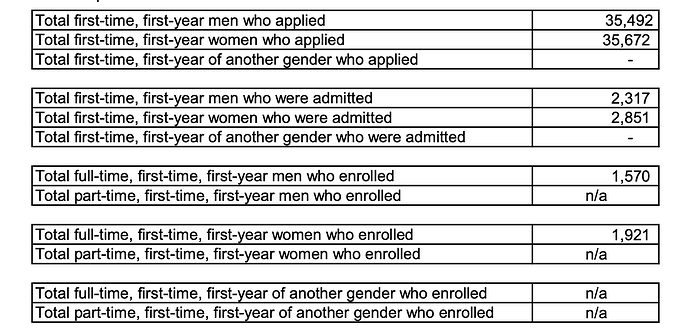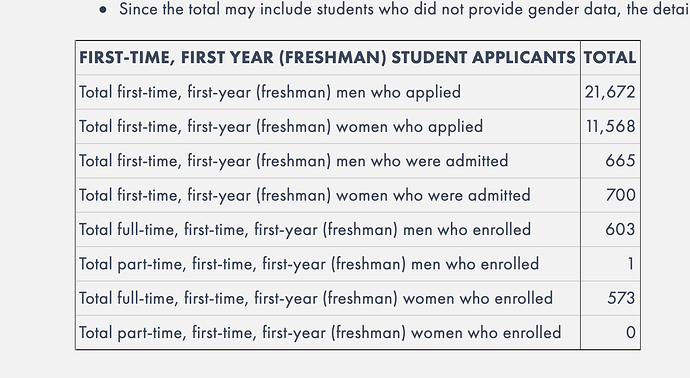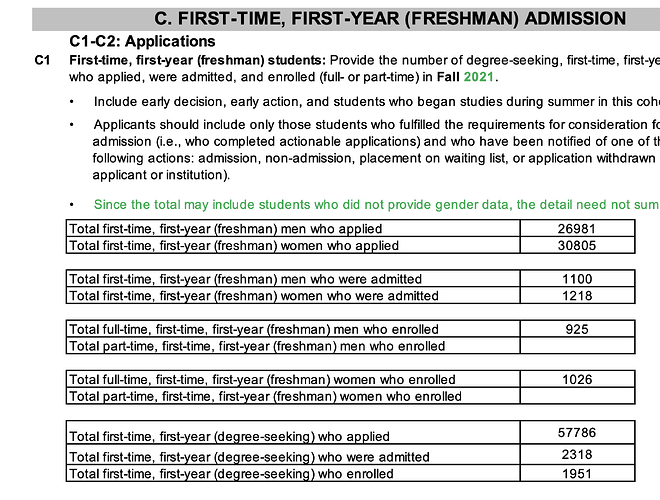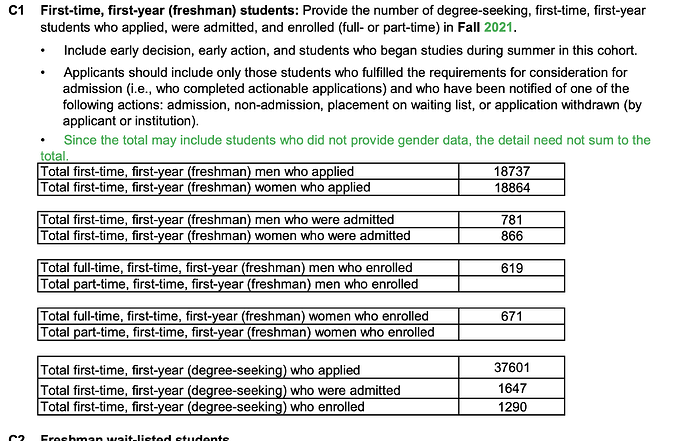Yes, dollars not Ringgits!!! LOL
A HIGH SCHOOL student with two successful books, a 4.2 GPA, an SAT score of 1560 out of 1600 and a slew of other accolades was purportedly rejected from Harvard, MIT, Yale and Princeton, much to the surprise of many.
#notsurprised
But I do totally sympathize.
I don’t understand why certain people want to go to Ivy League schools. The definition of Ivy league has not changed for centuries. Outstanding academic performance doesn’t define Ivy League.
MIT isn’t Ivy, but the reason to want to go there is a cohort that’s serious about science, serious about studying, challenging classes, ability to take graduate classes as an undergrad, and access to research opportunities as a freshman (UROP program).
I’m hearing that Stanford is not that hard at all (easier than Bellarmine).
My impression as a Singaporean is MIT and Harvard emphasize on international students… those who could become top echelons in their nations. Many Singaporean scholars and high flying public officers go to these two colleges for their Bachelors, Masters and PhDs.
Stanford, Harvard revise high school math curriculum recommendations, exclude Data science
Stanford is not alone in rewriting its math recommendations for prospective undergraduate applicants. Harvard’s admissions office made similar changes to its recommendations in January 2023, removing a statement that “data science, computer science, statistics, mathematical modeling, calculus, and other advanced math classes are given equal consideration in the application process.” The latest version of Harvard’s math recommendations no longer includes data science.
Ok, not too shabby…
Impressive!!!
Reading this Quora answer yes it is indeed true.
Studied International Baccalaureate (IB) at Swiss International School (Graduated 2018)4y
Why is the IB famous for its heavy amount of workload? And what might be the reasons behind that?
Because it has a huge amount of workload.
First, if you are doing the full diploma, you have to do the Extended Essay, which is a 4000 word thesis that would pretty much equal a college thesis, and keep in mind that the people who are doing it are 16,17,18 year olds. So it is obvious that Ib kids need to mature academically very fast and are ahead (in many subjects) of many other students of their age who take a less strict curriculum in their schools.
In addition to EE, there is also Tok . In year one (junior in high school) you have do to a presentation and in year 2, a 1600 word essay about one of the IB’s prescribed topics that are released early in the year (in my case (nov 2018), they were released in march).
Now let’s talk about the actual subjects. For every class that is not a language you have to do an investigation. In History, it is a 2200 word assessment of a topic. In Math and Bio, it is an 10–12 page assignment.
When it comes to the languages, if it is language B (not mother tongue) you have to do this Creative Writing essay, where you take one of the books/short stories you read in class and give it an alternative ending, a new perspective, a preview… In addition to that, there are Oral tests, both individual and among classmates.
Language A is a bit more tricky. You do 2 individual oral presentations, one about two books and a specific theme they have in common in year 1 and in year 2 you are given 1 poetry and have 20 minutes to prepare and then 10 minutes to analyse it by yourself. Then, you and your teacher will discuss about one short story that was read in class. In addition to that, there is also a 1500 word essay about one book and one specific topic (mine was the values of the character Jon in Brave New World).
On top of all this, there are still the official exams, which count for all 2 years of the program.
PS: there is also CAS, which is basically community service and you have to do a bunch of projects (20–25) during the two years of IB
hope I was able to help you!
I’d love to see a split by actual useful majors. Something tells me a good portion of those 70% women will be crying about student loan debt.
Actually women are better at getting a good return on their college education, even for non STEM degrees that many here think are worthless. This is a study in England but I’d guess it’s the same here.
Again men are in trouble.
I don’t have time to explain why your analysis is deeply flawed. It’s just expected at this point.
There is nothing wrong with US boys. The colleges aren’t admitting as many of them. You can look at the stats from a lot of the Ivy’s - Stanford, Cornell, and others admit more women than men, and the same % of kids enroll regardless of them being women vs. men.
Stanford Common Data Set from last year: (https://ucomm.stanford.edu/wp-content/uploads/sites/15/2023/03/CDS_2022-2023_v3.pdf)
% men who enrolled = 794/948 = 84%
% women who enrolled = 942/1127 = 84%
Don’t tell me that with 28K of applicants of each (and more were men), you can’t get a 50-50 split of highly qualified kids. The colleges are f*cking the men over. Period.
Here is Cornell’s (http://irp.dpb.cornell.edu/wp-content/uploads/2023/04/CDS_2022-2023_Cornell-University-v6.pdf)
MIT is not playing these games - they know that they will get a lower percentage of women, so they admit more and don’t really compensate for the %age that go elsewhere (Common Data Set 2021-22 — MIT Institutional Research)
Harvard ( https://bpb-us-e1.wpmucdn.com/sites.harvard.edu/dist/6/210/files/2023/02/harvard_cds_2021-2022.pdf).
Now, in this case more women do apply, but same with Stanford - do you really think that they can’t get a 50-50 split out of 57K applicants???
Princeton - same crap (https://registrar.princeton.edu/sites/g/files/toruqf136/files/documents/CDS_2021_2022.pdf)


